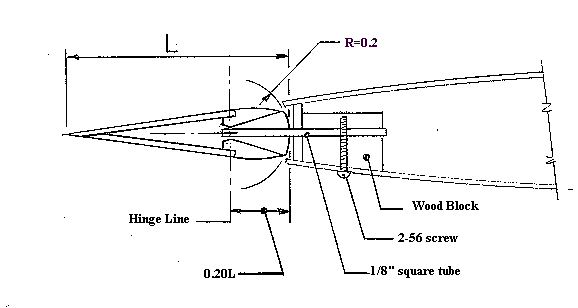Figure 3 is definitely for serious builders. It will deliver all the torque your servo puts out without friction losses or slop. When used in conjunction with the hinge shown in Figure 2, the control surface is easily removed for painting or maintenance and, best of all, you’ve gotten rid of the turbulence and unsightliness of the outside operators. The zero gap surface still needs a cloth seal between the surface and the rear spar as is done on prototype aircraft to eliminate airflow between the top and bottom of the wing, but I think that balancing the surface about the hinge line will eliminate flutter problems.
Figure 4 illustrates the aileron and elevator hinge for a Cessna 310. The 20% hinge line gets the aileron balanced with a minimum of additional weight in the leading edge. Note that the operator in Figure 3 is not pinned to the aileron. It is free to slide in the telescoping tubing. Also, the 2-56 screw is tapped through the block and the 1/8" square tube. The bracket in Fig. 1 can be replaced by a piece of 1/16" plywood, which is glued to an aileron rib. The hardwood block is slotted with a 1/8" saw kerf 1/8" deep and glued to a plywood plate. |
